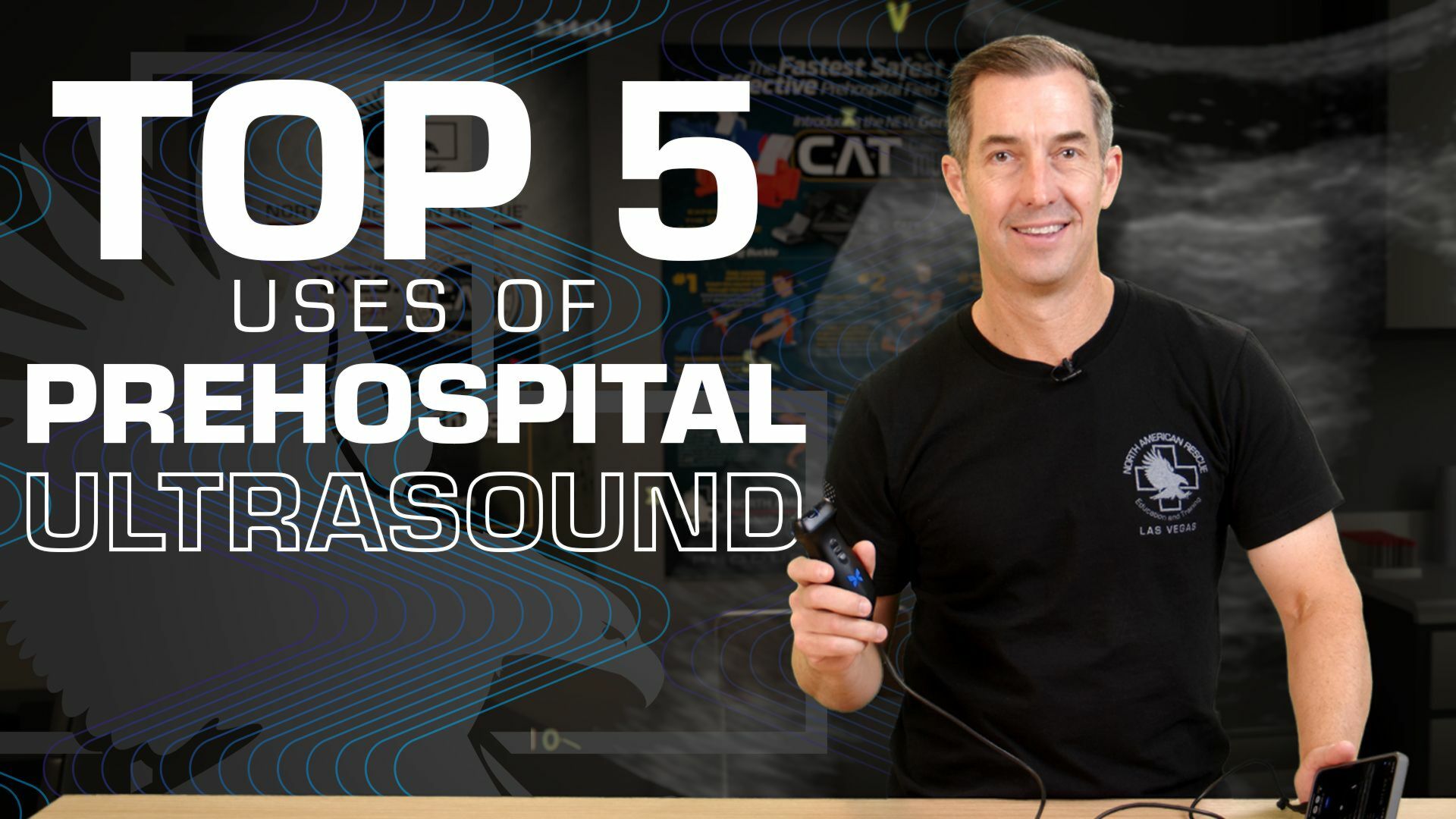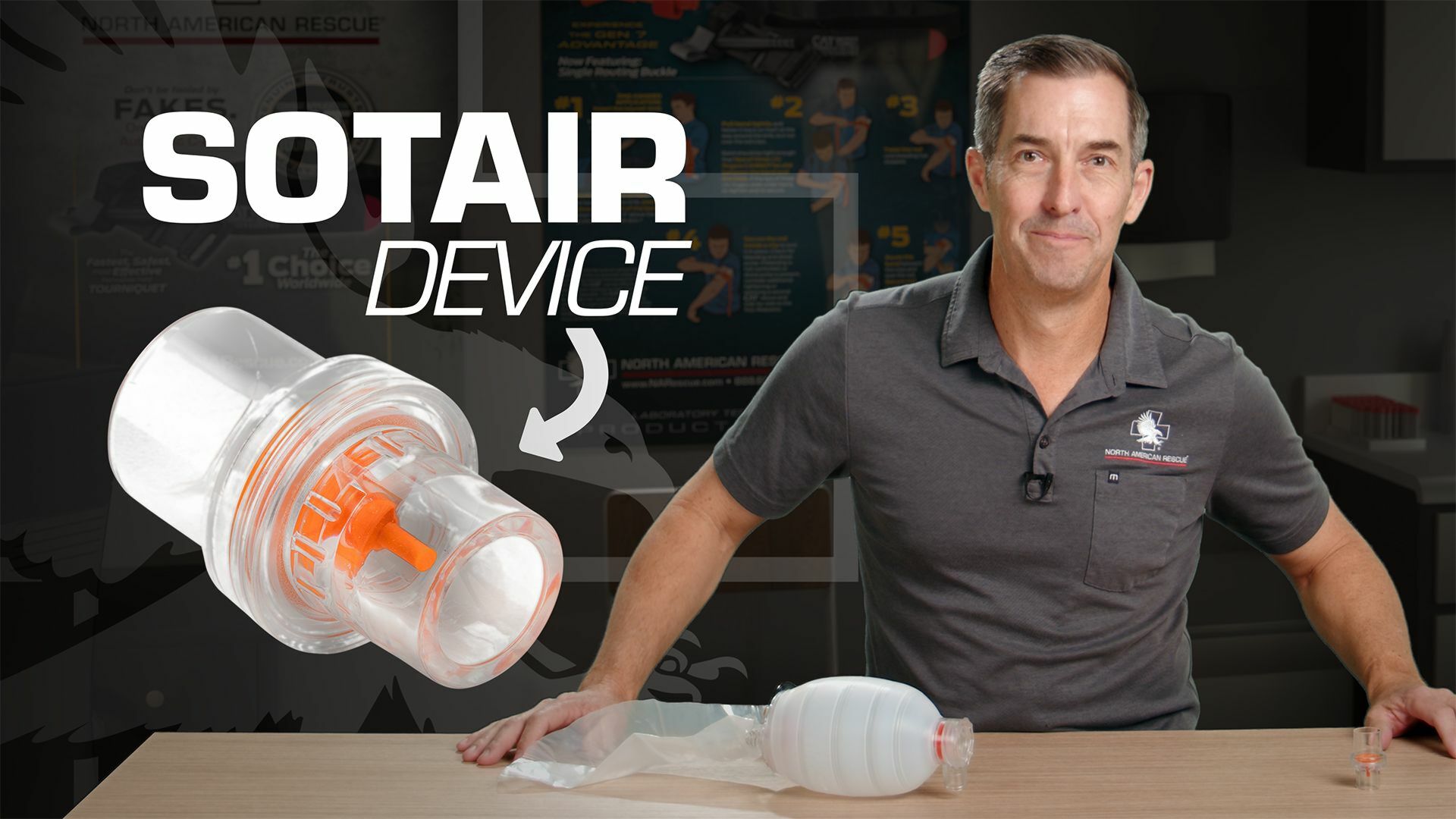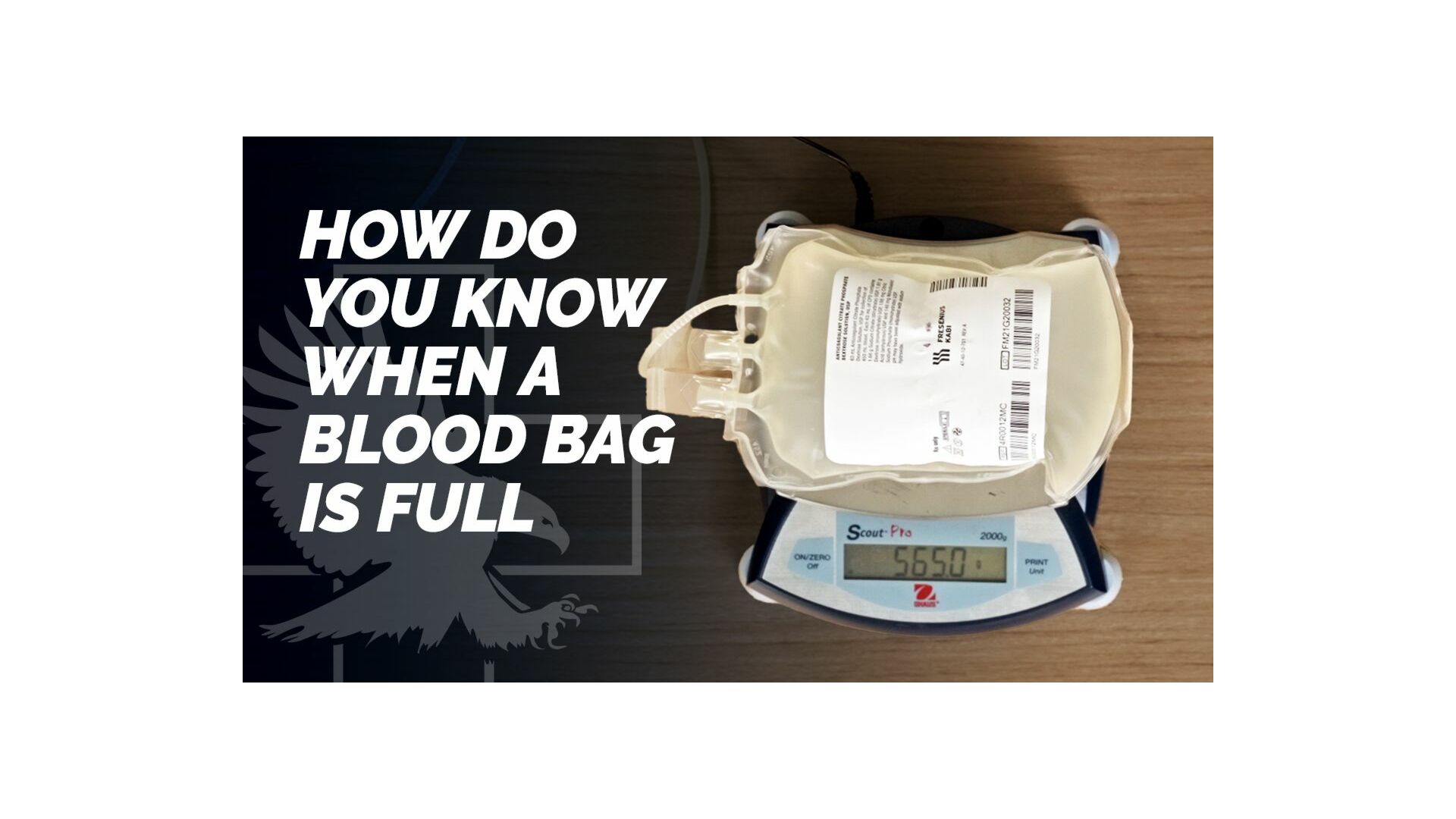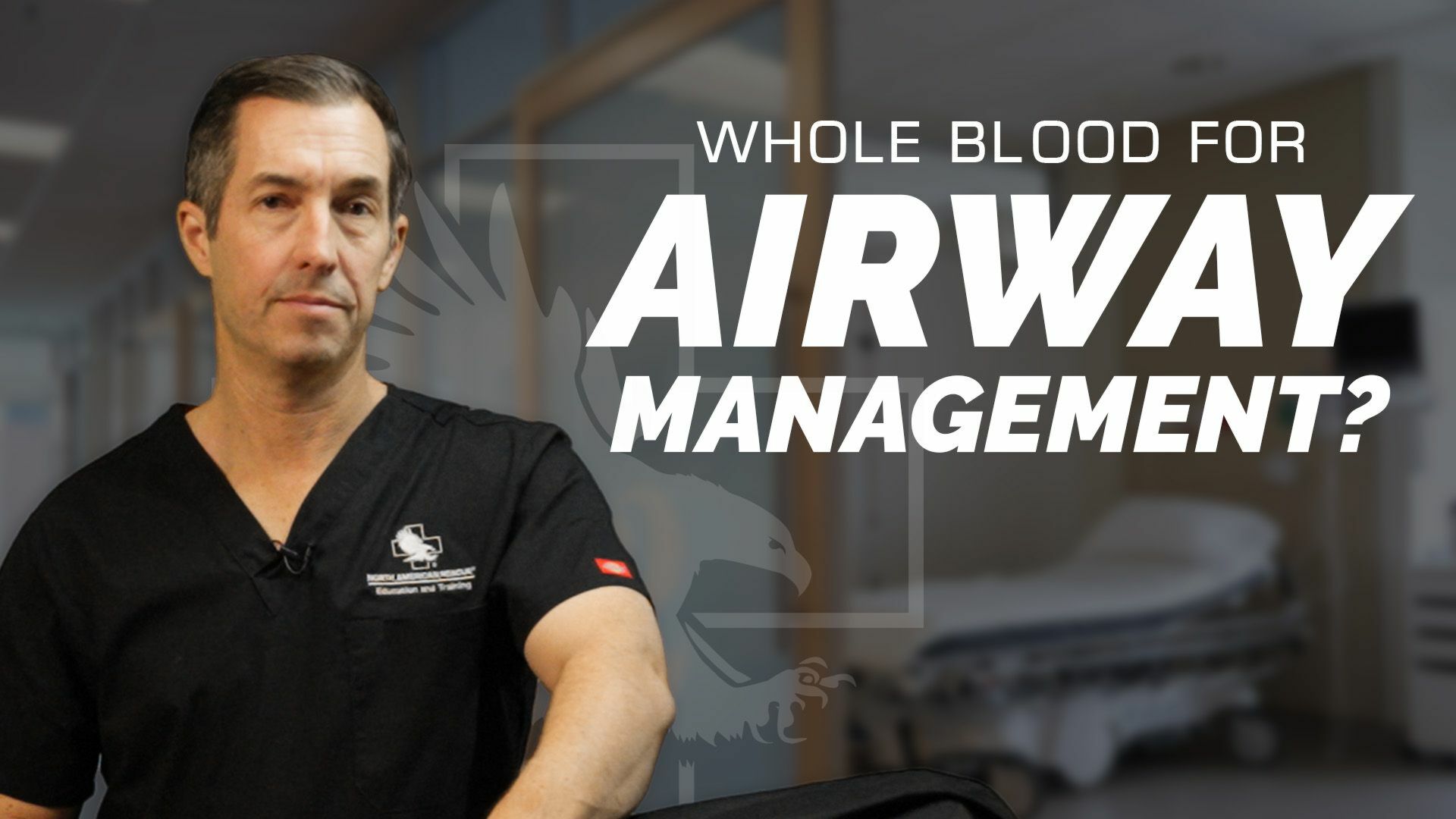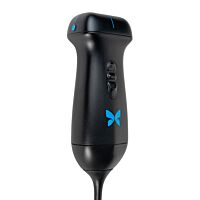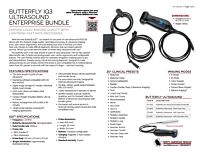Hey everyone, doc Miles at North American Rescue. Today I've got the Butterfly Ultrasound plugged into my iPhone, and what I want to do is talk about my top five uses for prehospital ultrasound.
So there are several different uses, and it seems like by the month there's more and more uses of prehospital ultrasound, how that can help us, not only get an accurate diagnosis, but also do procedures in the best, safest manner possible.
Cardiac Checks
The number one use that a lot of people are using this for is to do a quick cardiac activity check.
That can be really handy in CPR. So if you think you may have PEA, you want to do a quick check to see if there's any cardiac activity, very easy. Just throw it on substernal. If you get more involved. You can also look for things like right heart strain. You can look for dilation. You can also look for cardiac tamponade fairly simply and easily.
FAST or eFAST Exam
The next one up is one of the longest standing uses of it is the FAST exam, and basically, what we're looking for here is noncompressible abdominal hemorrhage. So with a quick look, you can learn this exam pretty easily. And within about a minute or so, you can go through the abdomen. You can look for bleeding within the belly, and that's going to help guide your evacuation decision.
So if you see a pool of blood in their belly, you know they're bleeding internally, and you need to evacuate them as quickly as possible. Oh, by the way, you need to get things like TXA and whole blood on board. So you can extend that fast exam out into the eFAST, where you also take a look at the lungs.
Tension Pneumothorax
That one's really handy for looking at pneumothorax. So basically, what we do is we look for lung sliding on it. So I'll show you a little sample here. Here's an image of lung sliding, which you should normally see, and then here's an image where you don't see that lung sliding. So if you don't see that lung sliding, then you know that that person has a pneumothorax.
So that's really going to help in patient care, right? So if they have penetrating torso trauma and you're not sure if it's a tension pneumothorax causing their decrease in pulse ox. Increase in heart rate and their shock, then you can take a real quick look there. Also, as you're doing that, if you're going to place a needle for decompression, you can very easily identify that needle as it goes in.
Make sure you're getting into the plural space, and then you can move on in your next resuscitation effort.
Optic Nerve Diameter
Another thing that we can do is take a look at the optic nerve diameter. So if we're concerned about a TBI, we can actually use this ultrasound probe, place it right over the eyeball with gel, and we can now measure the optic nerve diameter.
So in TBI, what you're going to see if there's increased intracerebral pressure is you can see that the optic nerve actually gets larger. And with the ultrasound, you can fairly quickly take a look at that optic nerve, and then you can measure it as well to see if there is increased intracerebral pressure. So if you identify that increased intracerebral pressure.
Then that can help change a few things that you do in the prehospital environment. You know, things like elevating the head of the bed. If you use hypertonic saline in your protocols, that might be a time to do it. And if nothing else, it's going to help you guide that evacuation decision. So if you see increased intracerebral pressure, you really want to make sure that that patient gets evacuated as quickly as possible.
Vascular Access
And then finally, another reason why I love having this on me. This Probe will actually do linear and curve, so you can do superficial and then deeper structures with just one probe. And the superficial probe is really handy at looking at doing procedures, particularly for vascular access. You can put Doppler Flow so you can see those blood vessels. You can determine between an artery and a vein, and you can actually visualize as you get intravenous access to make sure you're going in the right vessel and confirm that placement.
Hopefully, this helps just a few of the uses for prehospital ultrasound in a pretty small package.

